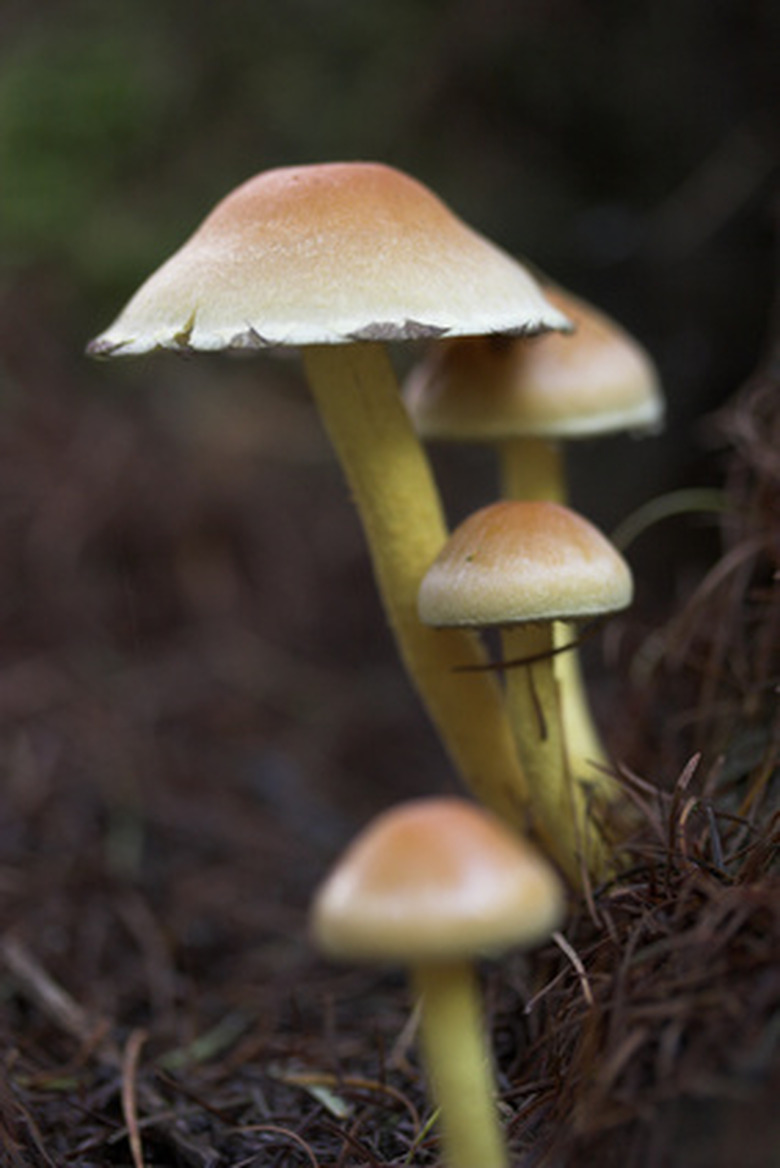Lawn Foam Fungus
Fungus is a common occurrence in lawns that do not drain well, or are in temperate, wet areas. One of the more frightening-looking varieties is the lawn foam fungus, which appears out of no where, attacking your lawn in large, vibrantly colored clumps.
Fuligo Septica
Fuligo septica is the most common form of lawn foam fungus. In actuality, it is a mold and not a fungus, although the fuligo septica does have a fruiting body that appears very much like a mushroom.
Why Not a Fungus?
Foam "fungus" exists as a blob of protoplasm that does not have a cell wall, existing as a plasmodium in your yard. Foam fungus feeds by engulfing dead material or bacteria in your yard with its body. It ingests then digests its food, whereas real fungi digest their food before they engulf it with their bodies.
- Fungus is a common occurrence in lawns that do not drain well, or are in temperate, wet areas.
- One of the more frightening-looking varieties is the lawn foam fungus, which appears out of no where, attacking your lawn in large, vibrantly colored clumps.
Appearance
Lawn foam will generally appear during spring after a wet season. Snow mold is another variety of this mold, which appears as a brightly colored fruiting body such as pink, yellow or dull such as gray or black. The mold spreads by releasing spores that, when wetted, become new fruiting bodies.
Damage
Foam fungi are not dangerous to your grass, although they do affect the appearance. As the foam only feeds on dead organisms and their bacteria, grass is safe from damage by the mold. When mold found on grass blades is removed, it generally reveals a perfectly healthy blade of grass.
Control
Foam fungus is easy to prevent and control. Prevention requires removing dead leaves from the lawn in the fall and removing grass thatch, the layer of dead grass in the lawn, with a rake. Mowing the lawn to a short height until winter will keep foam from growing in high grass. To remove the foam, cutting the grass will usually suffice. As soon as the foam is done feeding on its prey, it usually goes away by itself.
- Lawn foam will generally appear during spring after a wet season.
- As the foam only feeds on dead organisms and their bacteria, grass is safe from damage by the mold.
